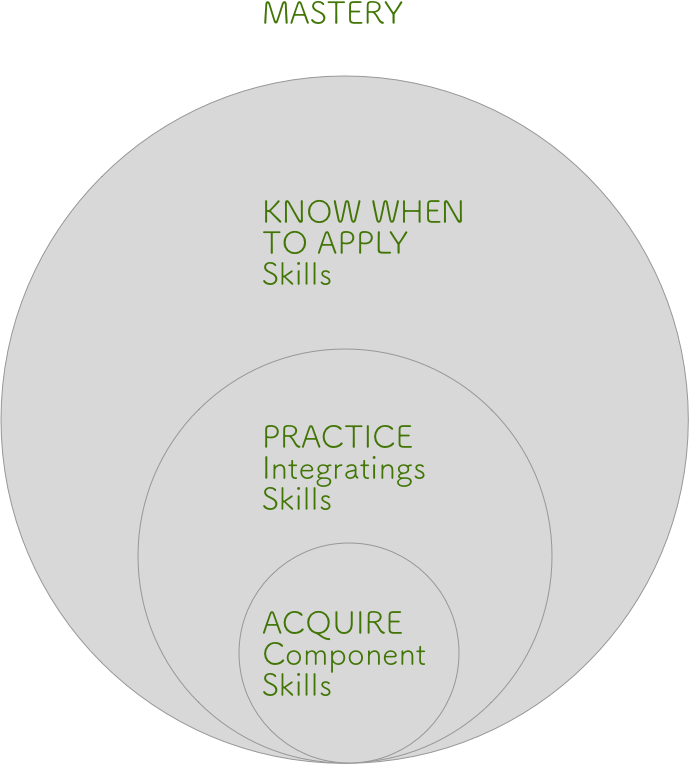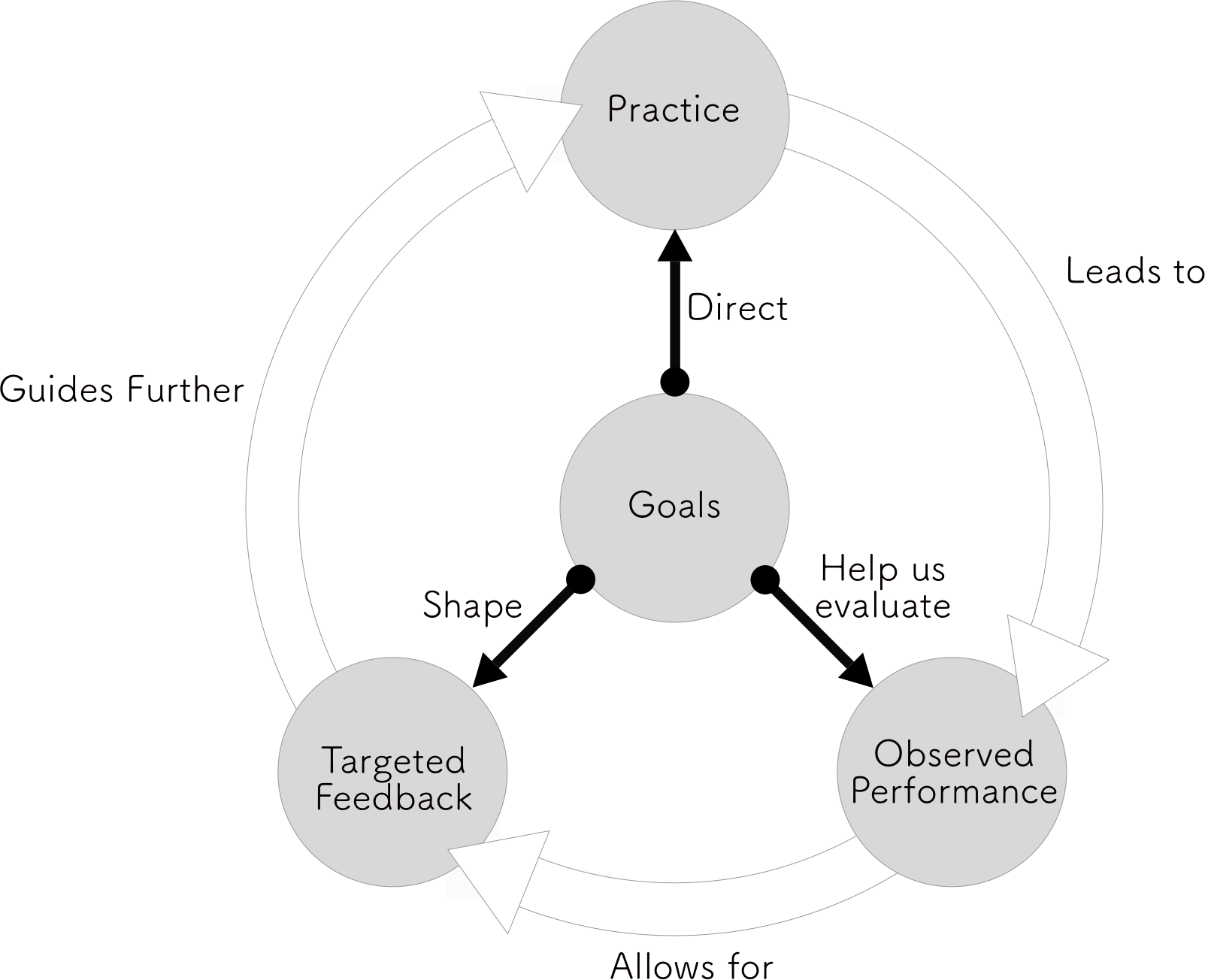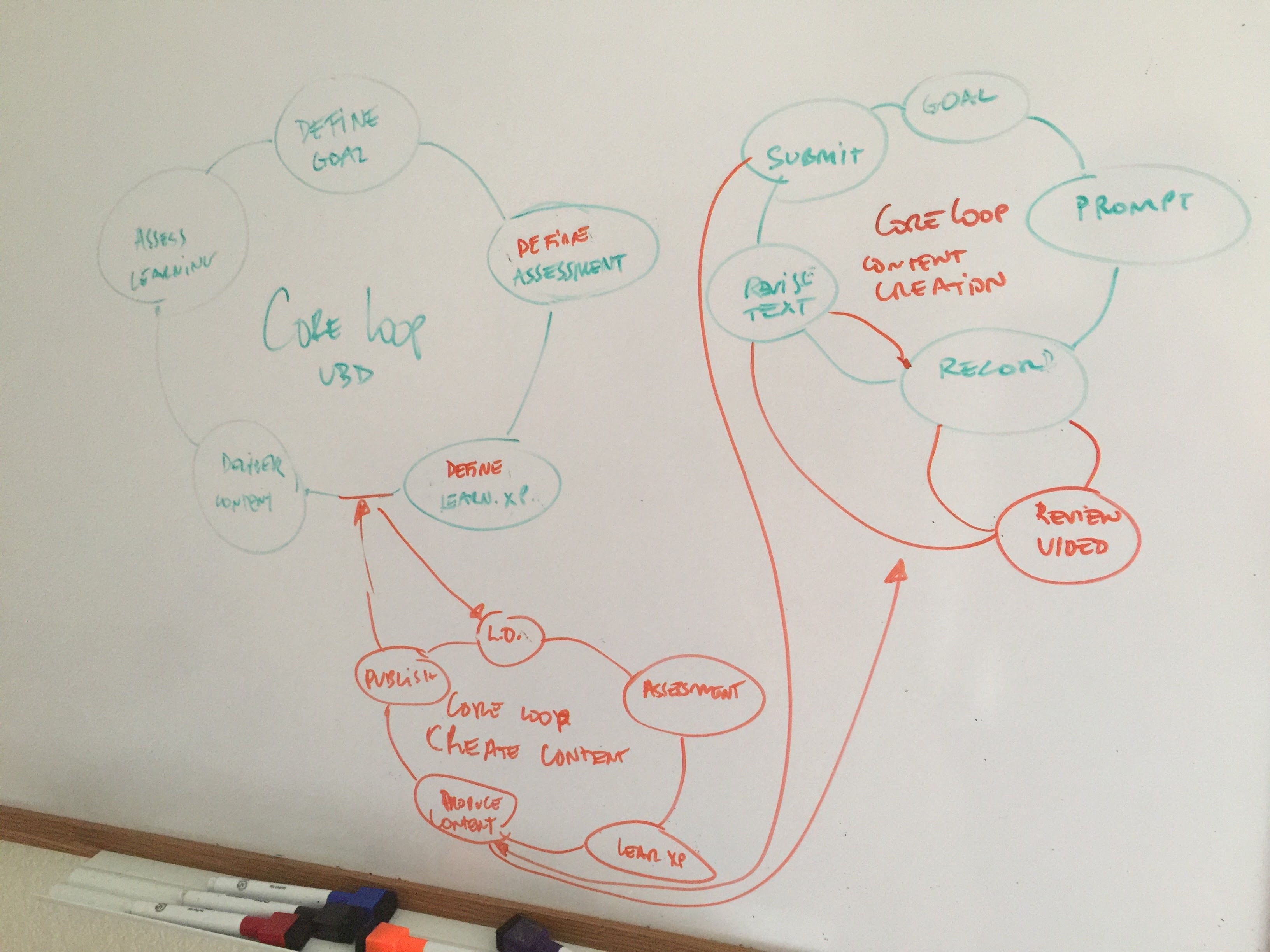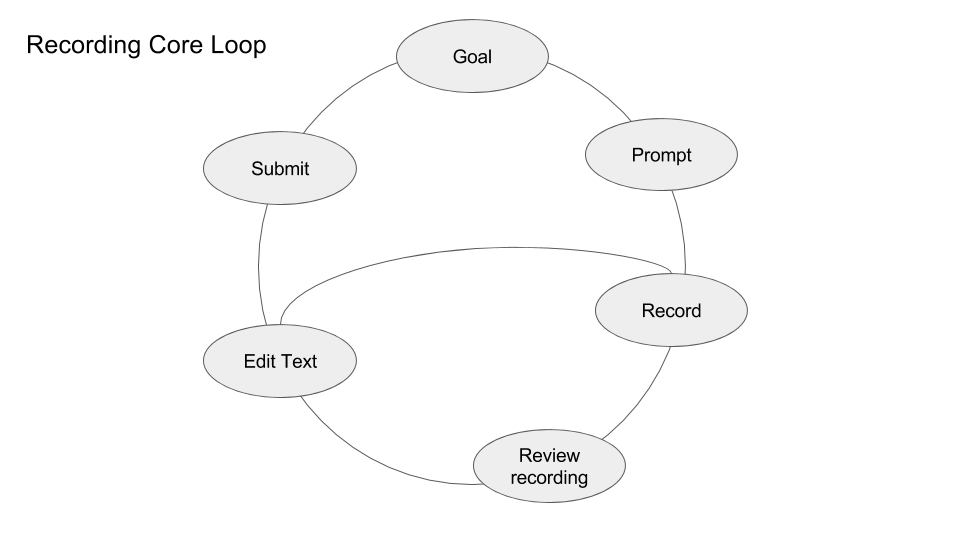Met with Candace to talk about my Master’s project. Amazing feedback.
What I’m trying to build seems more like a performance tool than a learning tool – which I already knew but phrased this way makes it more precise. Have to think about what am I trying to teach the user; what will they be able to do after they interact with the learning experience that I create?
Another important point she made was that the interaction I was designing where you iterate through speaking and editing the transcription, involves several cognitive tasks and domain shifts that may not be advantageous for learning or for the purpose of the project. Preferably, the cognitive load has to be small and the domain shifts kept to a minimum.
Finally, she suggested that I focus on a specific task of the Understanding by Design framework, such as “creating learning objectives”, or creating assessment strategies for a specific learning goal. This was I’d be able to focus on the learning rather than the entire system of creating a smart-feedback/advice system.
Zoom out… rethink… zoom in again… test… talk to more people



 This week Paulo Blikstein presented on the topic of equity in education and how technology could potentially help reduce it – with a warning that it might actually increase the gap between the privileged and the less privileged.
This week Paulo Blikstein presented on the topic of equity in education and how technology could potentially help reduce it – with a warning that it might actually increase the gap between the privileged and the less privileged.



